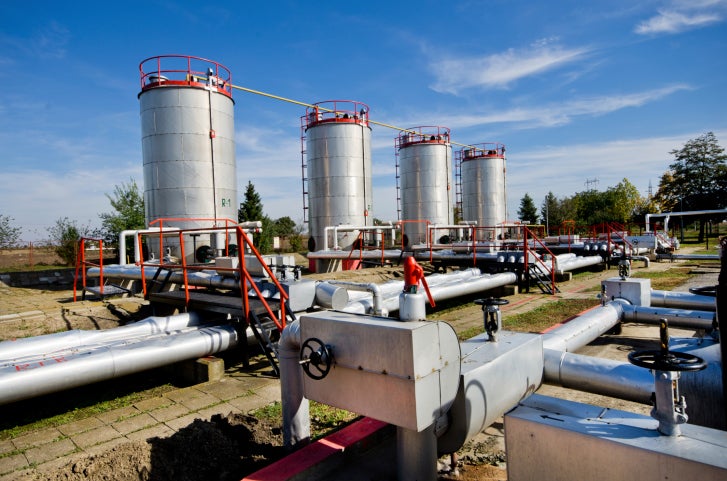In its draft 2017 GHG inventory, published this week, the EPA estimates methane emissions from the oil and gas industry were lower than their previous estimate in the 2016 inventory.
The vast majority of the decrease comes from methodological changes in how EPA does these estimates and does not represent actual reductions from improved industry practices. We expect to see fluctuation in EPA estimates in future inventories as the agency continues to revise their accounting methods; this inventory should not be viewed as the final answer. But, to see the actual trend in emissions, you should compare 2015 emissions to their updated estimate of 2014 emissions, not the estimate from last year’s inventory. EPA estimates a mere 2% reduction in actual emissions, largely attributable to reduced drilling activity and well completions, which is a result of lower oil and gas prices in 2015. This points to the importance of recently enacted regulations, like the EPA NSPS and BLM rule, to drive the much greater reductions needed to minimize waste and the climate impacts of oil and gas.
What about super-emitters?
While the draft inventory represents progress in that EPA is continuing the process of incorporating new data such as the EPA Greenhouse Gas Reporting Program, much work remains to be done. For example, the inventory still largely ignores “super-emitters,” which science has shown to be a major source of emissions. EPA has made an important step by including emissions from the Aliso Canyon blowout, but they exclude other transmission and storage super-emitters, which an EDF/CSU study found to account for almost a quarter of the T&S sector’s emissions. They also have started to account for production super-emitters by including estimates of emissions from stuck dump valves, but the underlying data for this source are flawed and likely greatly underestimate emissions. EPA’s current estimate of production super-emitters only account for 0.2% of production sector emissions.
In contrast, our recent paper in Nature Communications found that super-emitters account for one-third of well pad emissions in the Barnett Shale. Although the science supports some of EPA’s revisions that emissions from individual sources like processing plants have lower emissions than previously estimated, if they had fully accounted for super-emitters, those emissions would have more than offset the paper reductions reflected in the current draft. It is important to see the forest for the trees: emissions may be lower for some sources, but you’re not seeing the true magnitude of total emissions if you ignore the biggest emitters.
What’s next?
In order for EPA to continue their progress in updating the inventory, it is critical that they are allowed to rely on the best science without political interference. We must not be misled by interest groups who claim that the updated inventory is the final answer because it gives the false impression of a large emissions decrease. As a start, EPA should continue collecting data from the Greenhouse Gas Reporting Program and Information Collection Request, assure the data is publicly available, and make scientifically supported changes to the GHGRP to increase the accuracy of reported emissions. EPA should also review existing and forthcoming studies that evaluate the contribution of super-emitters and determine the best approach for fully incorporating super-emitters into the inventory.
EPA is accepting comments on the draft inventory until March 17 and plans to release a final inventory by April 15.










